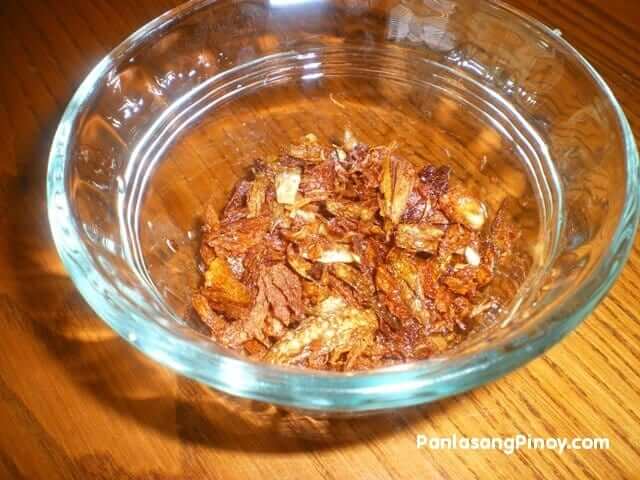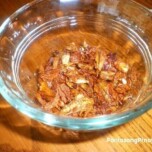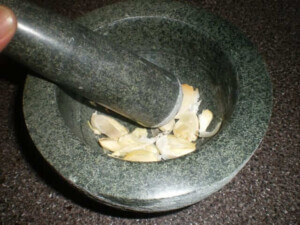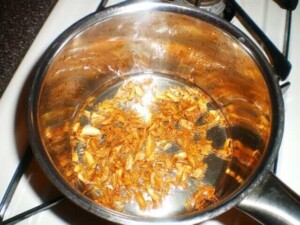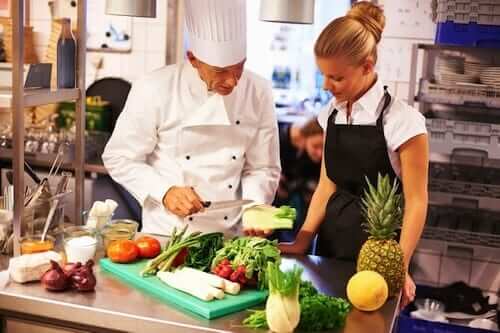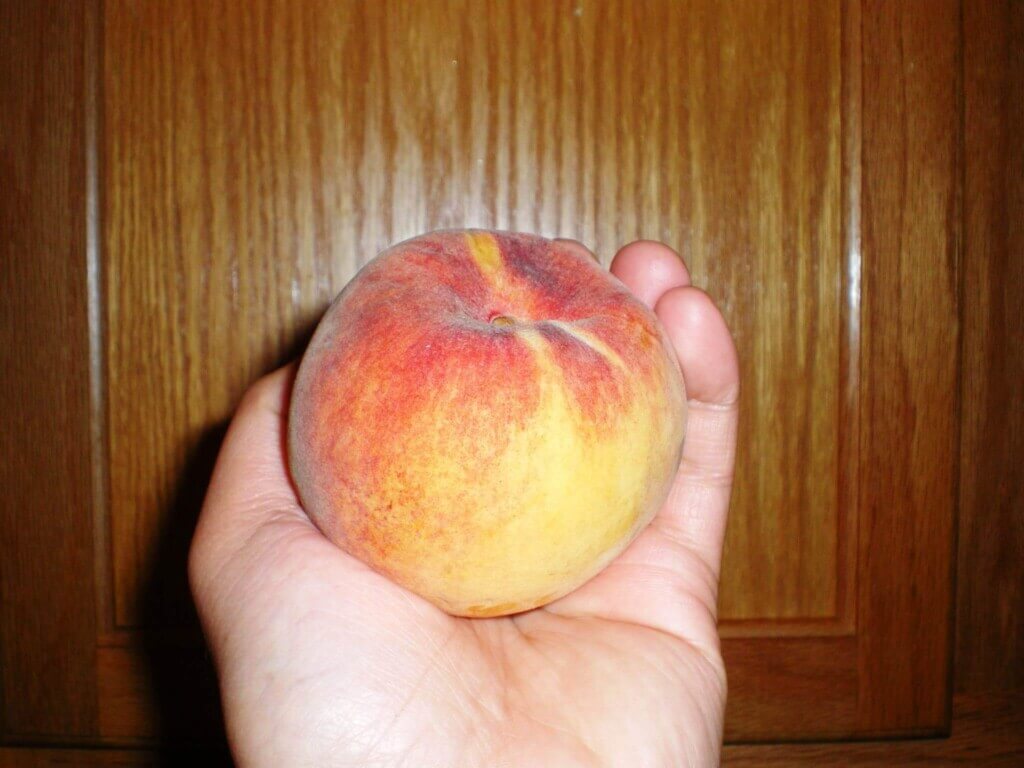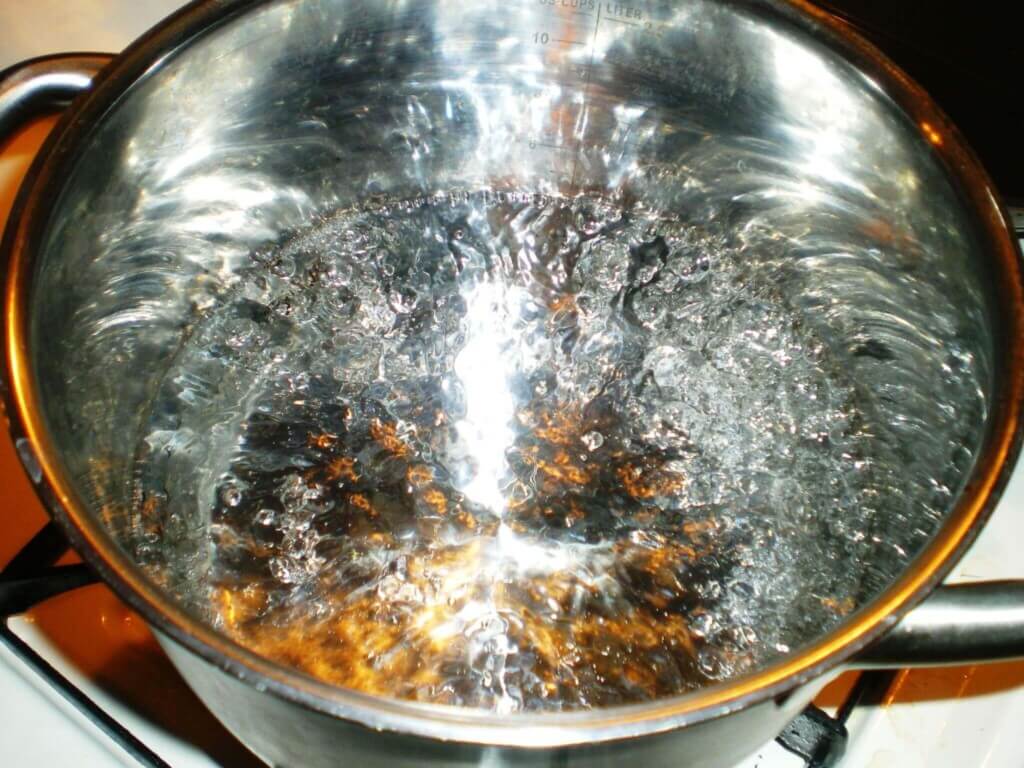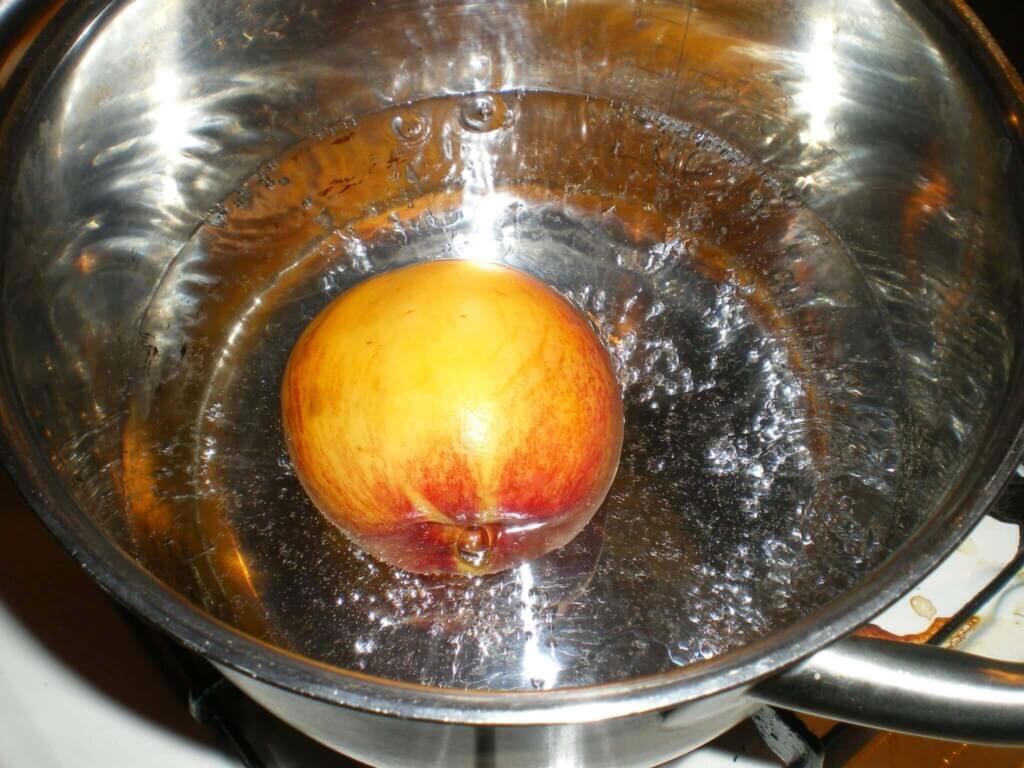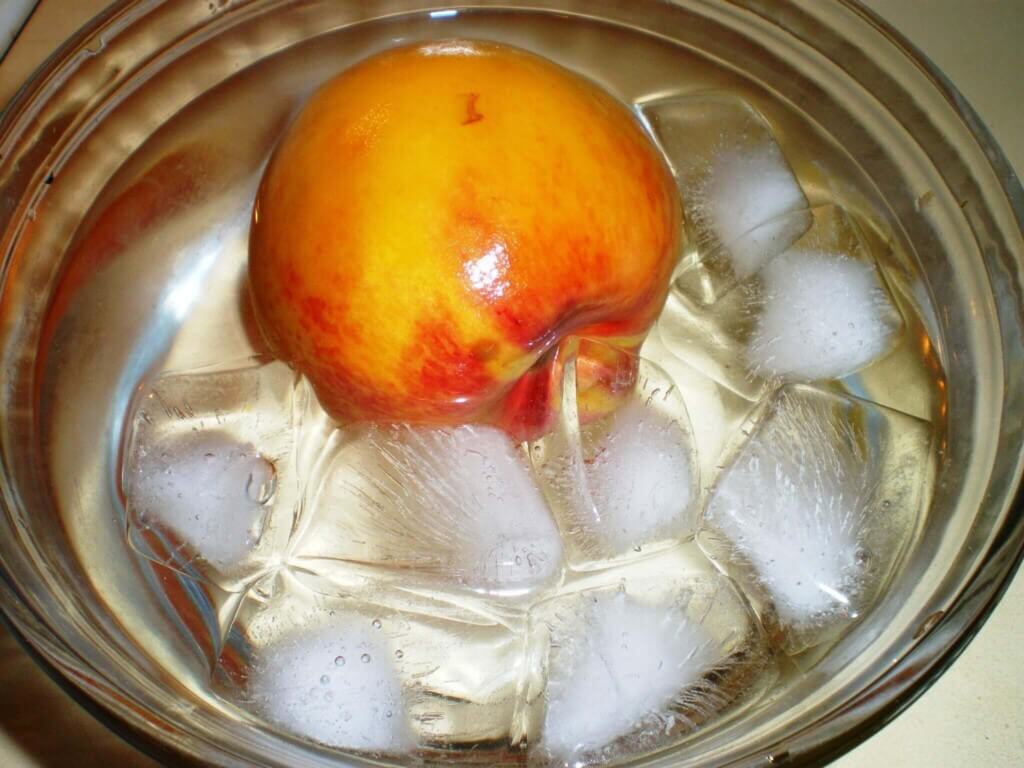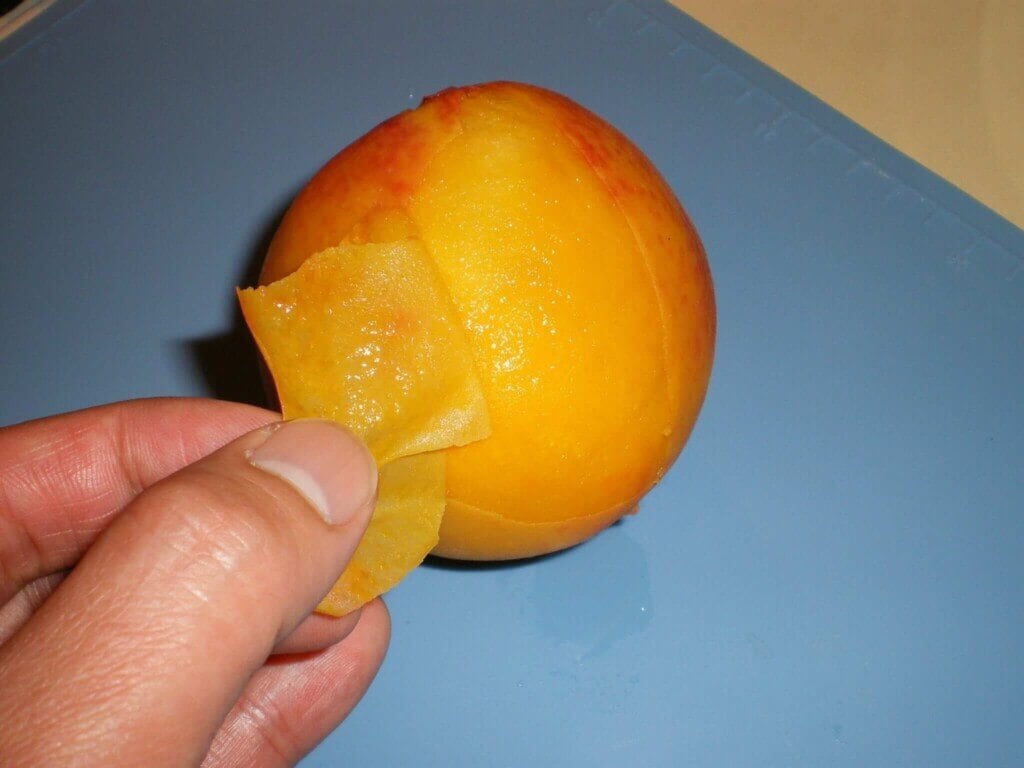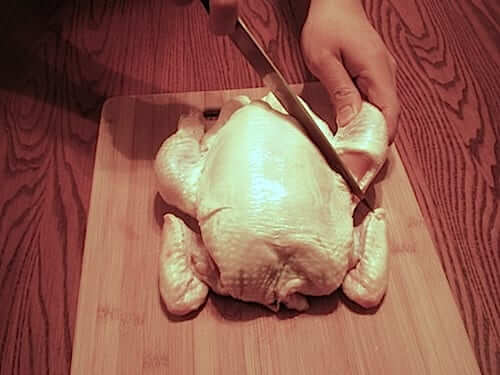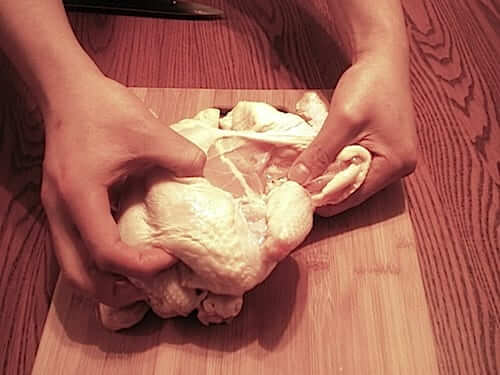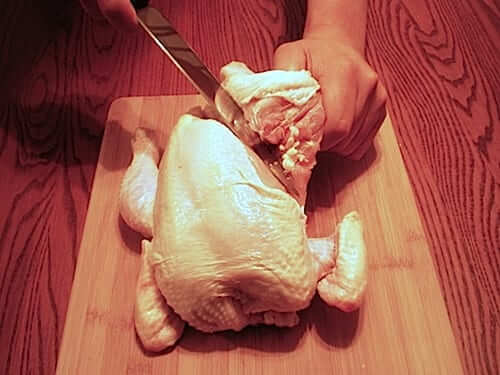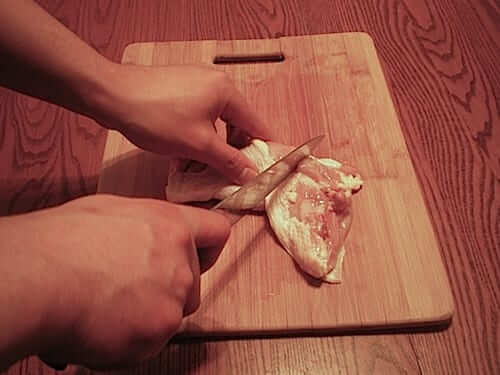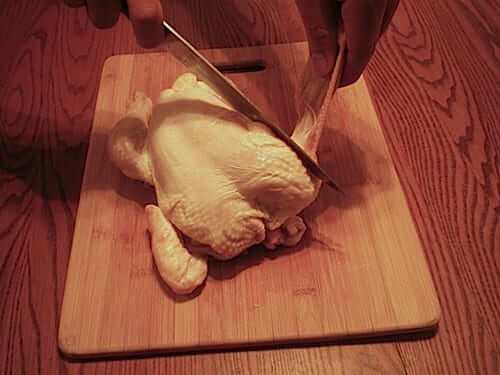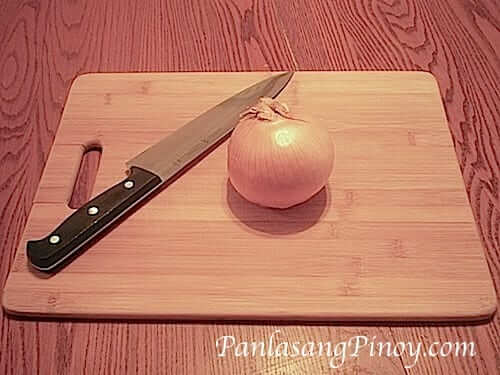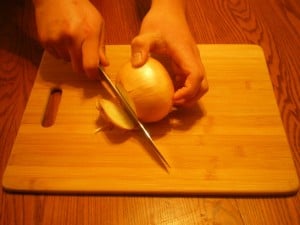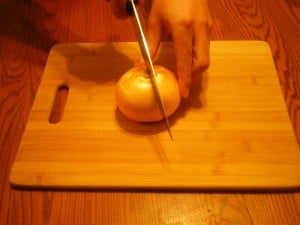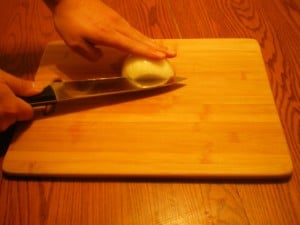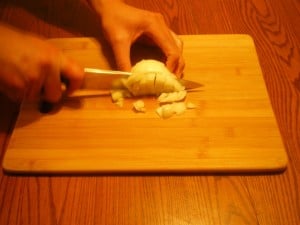Ways to Cook Artichoke
Artichoke is originally from the Mediterranean region. This is a great addition to your diet because it contains impressive amount of anti-oxidants which can fight the free radicals in the body that commonly cause various diseases. Aside from that, it is also rich in vitamins and nutrients — like Vitamin C, calcium, iron, niacin and phosphorus. Aside from combating common illnesses like liver problems, high blood pressure and fluctuating sugar levels, this can also be a good solution for the more common problems like hangovers.
Preparing Artichoke
There are several ways on how to cook artichoke but before proceeding, it is best to prepare it carefully. Since this is actually an unopened flower of a thistle-like plant, it is best to soak it in warm water with salt before adding it to your dish or cooking it. That way, the dirt which could have accumulated in it can be completely removed. Cut to bottom stem too to ensure that the texture is pleasing to the palette.
Once the artichoke has been washed and cut, there is a tendency for it to become brownish in color. To prevent this from happening even before you cook artichoke, it is recommended to rub lemon juice on it.
Boil or Steam
photo credit: flickr.com/La Grande Farmer’s MarketOne way to cook artichoke is to boil or steam it. This is ideal for people who are on a strict diet because there is no need to put any oil or butter which could add more fat or carbohydrates. If you are concerned about the amount of nutrients that you can get from the artichoke, it is best to have it steamed than boiled. That is because, boiling can destroy some of the nutrients that it has due to the high heat. On the other hand, steaming makes it possible to retain the vitamins and minerals. Steaming takes about 30 to 40 minutes or until the petal starts to come off easily. This may also vary depending on the size of the artichoke. To make it even more flavorful, it is okay to add some lemon juice and other seasoning on it.
Grilling
Grilling is also a sumptuous and healthy way to cook artichoke. Usually, it has to be pre-prepared by steaming it for about 10 to 20 minutes. This ensures that the inside is also cooked. Then, it should be cut lengthwise into two sections. Lightly brush some olive oil to prevent it from becoming too dry. Grilling should take about 4 to 5 minutes or until the surface has become golden brown in color. Grilling makes it even more aromatic and tasty.
How to Eat Artichoke
Some people prefer to eat it with some dressing or sauce to make it even more flavorful. Others peel off the outermost layer and eat only the tender part inside (which is the most common and correct way of eating it). Aside from eating it on its own, it is also alright to cook artichoke and add it to other recipes like salads and dips.
Artichoke should be part of every person’s diet. This will not only make the taste buds rejoice, it will also give you a whopping amount of nutrients.




